Steak is a beloved dish enjoyed by many around the world. Its succulent flavor and tender texture make it a go-to choice for special occasions or a delightful indulgence.
However, for beginners, understanding the different steak cuts can be a bit overwhelming. Fear not!
In this comprehensive guide, we will walk you through the world of steak cuts, helping you navigate through the terminology and choose the perfect cut for your palate and budget.
Understanding Steak Cuts
Beef can be divided into different sections, each offering distinct cuts of steak. Understanding these sections will help you choose the perfect cut for your desired outcome. Here are the three main categories of steak cuts:
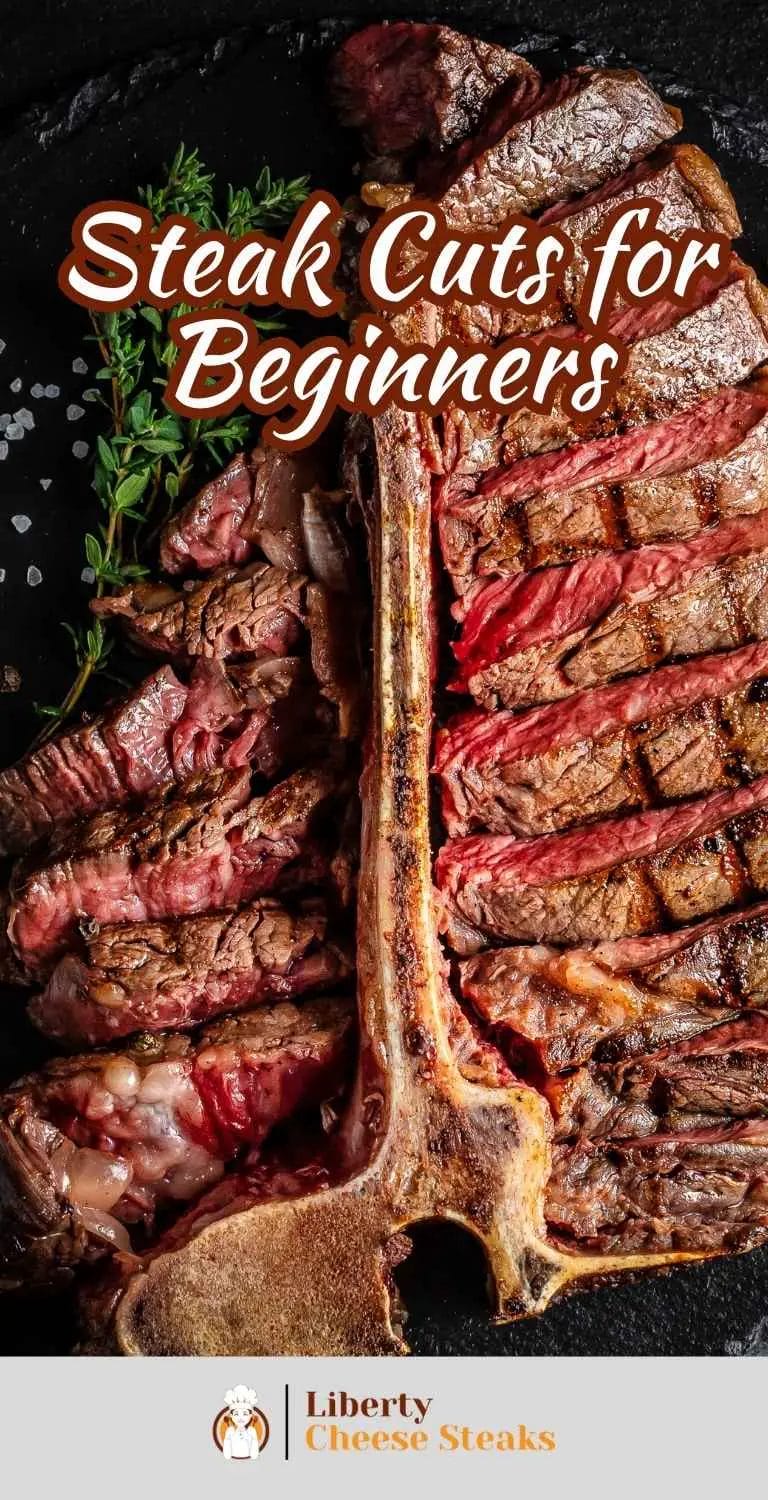
Tender Cuts
Tender cuts are known for their exceptional tenderness, making them highly sought after by steak enthusiasts. They come from muscles that receive minimal exercise, resulting in a tender texture. Some popular tender cuts include:
Filet Mignon
Filet Mignon, often considered the most tender steak, is cut from the tenderloin section of the beef. It boasts a buttery texture and mild flavor.
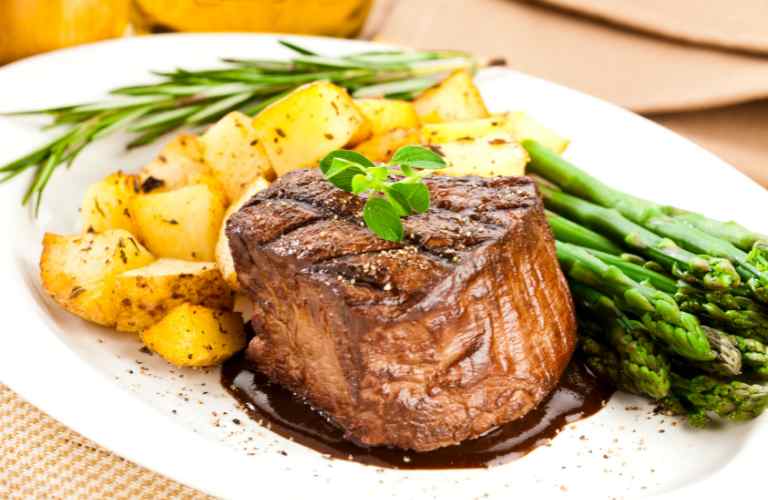
Due to its tenderness, it is best suited for dry-heat cooking methods such as grilling or broiling. Pair it with a red wine reduction sauce or a side of mashed potatoes for an exquisite dining experience.
Ribeye
The Ribeye steak is renowned for its rich marbling, which imparts a robust flavor and juicy tenderness.
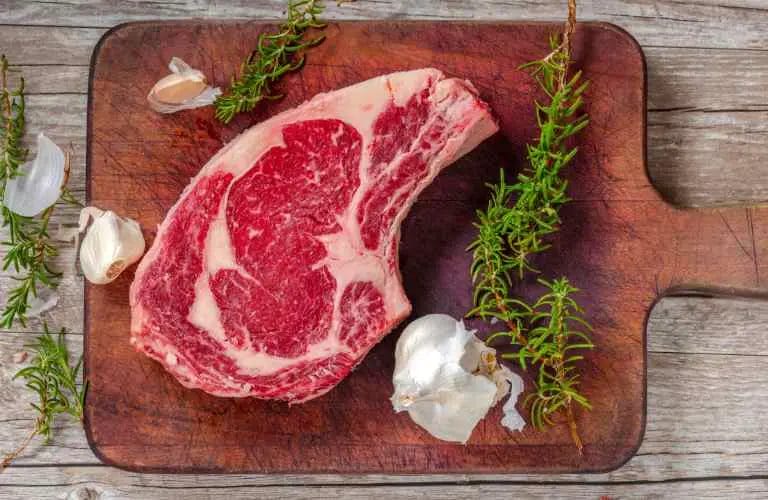
Cut from the rib section, this steak can be cooked using various methods such as grilling, pan-searing, or broiling.
Its fat content makes it self-basting, resulting in a moist and flavorful steak. Serve it with roasted vegetables or a creamy mushroom sauce for a delightful meal.
New York Strip
Also known as the strip steak or shell steak, the New York Strip comes from the short loin section.
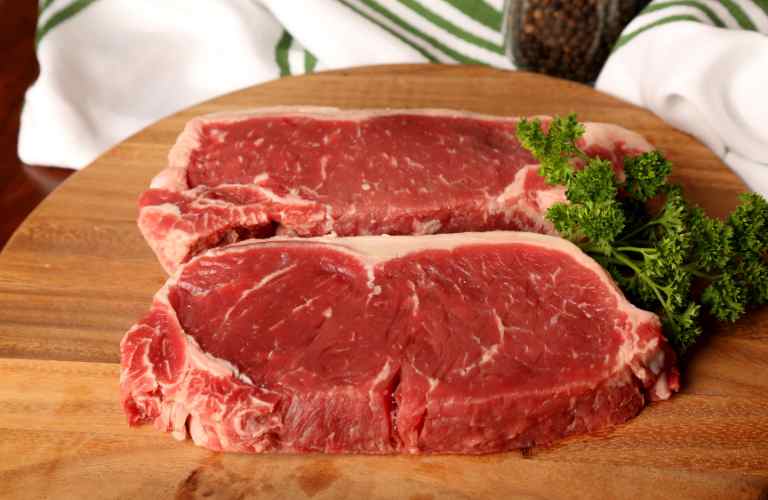
It combines tenderness with a slightly firmer texture compared to the Filet Mignon. With a bold, beefy flavor and moderate marbling, it is versatile and can be prepared using different cooking methods such as grilling, pan-searing, or broiling.
Complement it with a side of grilled asparagus or a peppercorn sauce for a fantastic dining experience.
Flavorful Cuts
Flavorful cuts offer a balance between tenderness and robust flavor.
They come from muscles that receive more exercise, resulting in a slightly firmer texture and pronounced beefy taste. Some popular flavorful cuts include:
T-Bone
The T-Bone steak gets its name from the T-shaped bone that runs through the center, dividing the tenderloin and the strip steak.
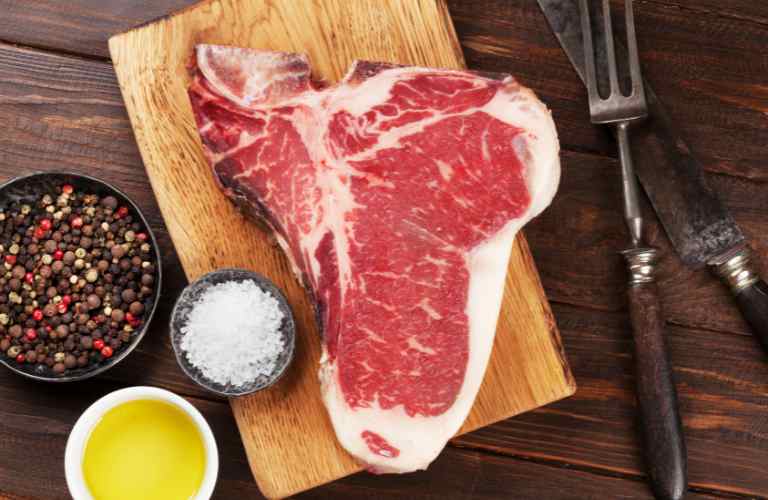
This cut offers the best of both worlds, with a tender portion on one side (the tenderloin) and a flavorful portion on the other (the strip steak).
It is perfect for grilling and can be served with classic steakhouse sides like a baked potato or creamed spinach.
Porterhouse
Similar to the T-Bone, the Porterhouse steak also features the tenderloin and strip steak, but in larger proportions.
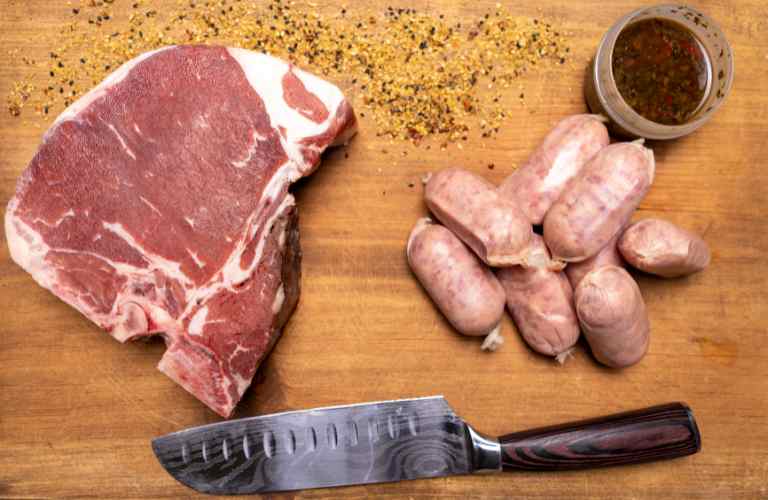
This generous cut is ideal for sharing or for those with a hearty appetite. Cooking methods for the Porterhouse are similar to the T-Bone, with grilling being a popular choice. Serve it with a side of steak fries or grilled vegetables for a satisfying meal.
Flat Iron
The Flat Iron steak comes from the shoulder area and is known for its robust flavor and excellent marbling.
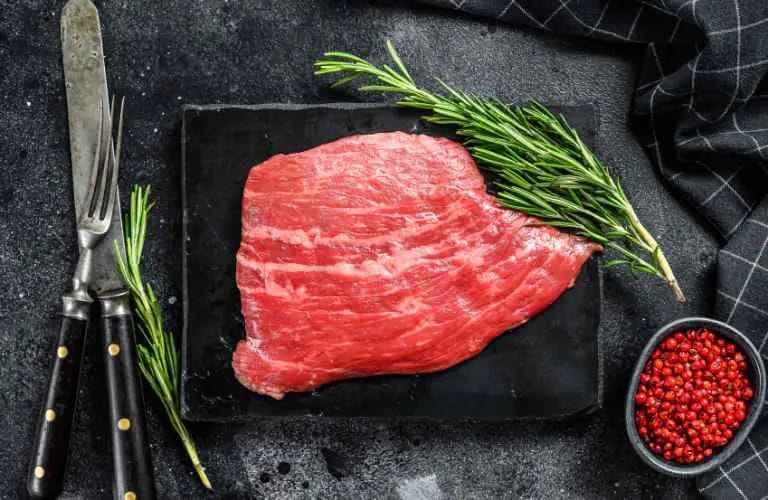
It has a distinctive shape, resembling an old-fashioned clothes iron, which gives it its name. This cut is best prepared using dry-heat methods like grilling or pan-searing.
Slice it against the grain for maximum tenderness and pair it with chimichurri sauce or roasted potatoes for a flavorful dining experience.
Budget-Friendly Cuts
Budget-friendly cuts offer great value for your money without compromising on flavor.
While they may require a little more care during cooking, they can be incredibly delicious when prepared correctly. Here are some popular budget-friendly steak cuts:
Flank Steak
Flank steak is a long, flat cut that comes from the abdominal muscles of the cow. It is lean and flavorful but requires proper cooking to ensure tenderness.
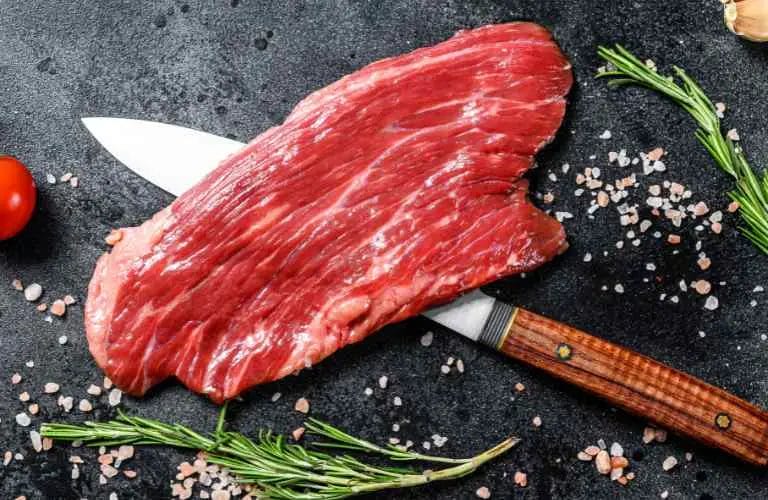
Marinating the flank steak before grilling or broiling is a common technique to enhance its tenderness and infuse it with additional flavors.
Slice it thinly against the grain for maximum tenderness, and serve it in fajitas, stir-fries, or with a refreshing chimichurri sauce.
Skirt Steak
Skirt steak is a thin, long cut that comes from the diaphragm muscles of the cow. It is known for its robust flavor and can be quite tender when cooked correctly.
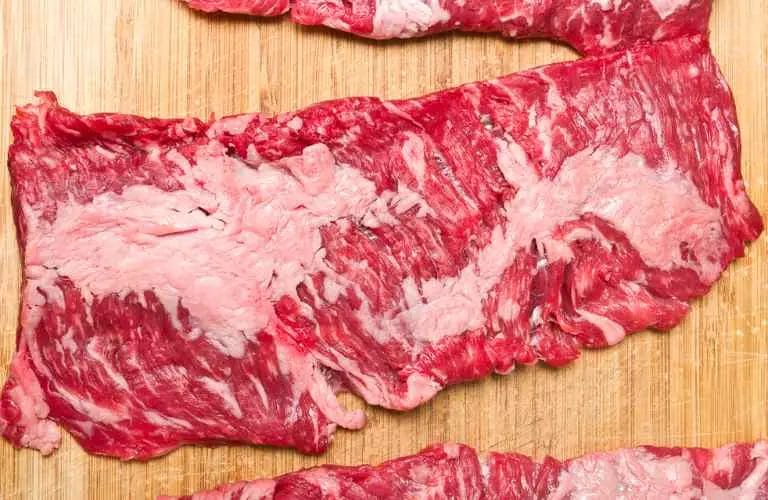
Skirt steak is popular in Mexican and Asian cuisines and is great for grilling or pan-searing. Make sure not to overcook it to avoid toughness. Slice it against the grain and use it in tacos, fajitas, or salads for a flavorful meal.
Chuck Eye
The chuck eye steak comes from the shoulder area near the rib section. It is a well-marbled cut that offers good flavor and tenderness at an affordable price.
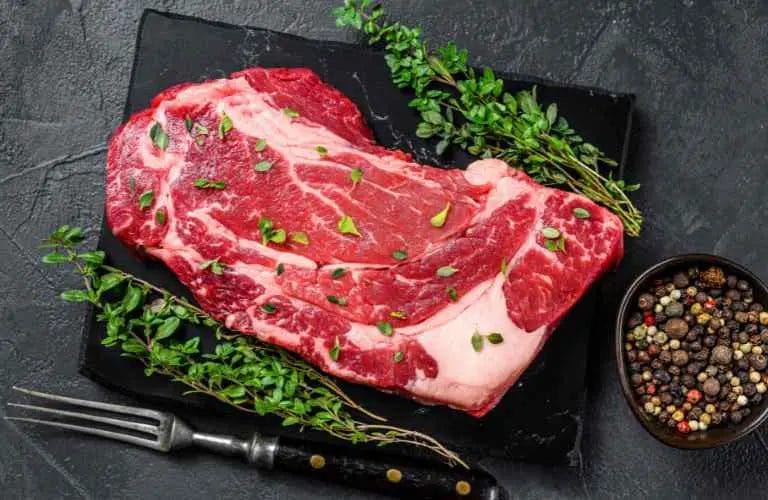
While it may not be as tender as other cuts, proper cooking techniques can yield delicious results.
The chuck eye steak is best cooked using dry-heat methods like grilling or broiling to bring out its rich flavor. Consider serving it with roasted vegetables or creamy mashed potatoes.
Tips for Buying and Preparing Steak
Choosing the right cut of steak and preparing it properly can make a significant difference in the outcome of your meal. Here are some essential tips to keep in mind:
Choosing the Right Cut
Consider your preferences and the occasion when selecting a steak cut. If you prefer tenderness and mild flavor, opt for tender cuts like Filet Mignon or Ribeye.
If you enjoy a beefier taste and a bit of chew, flavorful cuts like T-Bone or Flat Iron are excellent choices.
For budget-conscious options, explore cuts like Flank Steak or Chuck Eye. Understanding the characteristics of each cut will help you make an informed decision.
Pay Attention to Thickness and Marbling
When purchasing steak, look for cuts with consistent thickness. This ensures even cooking throughout the meat.
Additionally, pay attention to the marbling—the thin streaks of fat within the meat. More marbling generally indicates better flavor and tenderness. However, personal preferences may vary, so choose according to your liking.
Seasoning and Marinating
Seasoning is key to enhancing the flavor of your steak. Before cooking, generously season the steak with salt and pepper or your favorite seasoning blend.
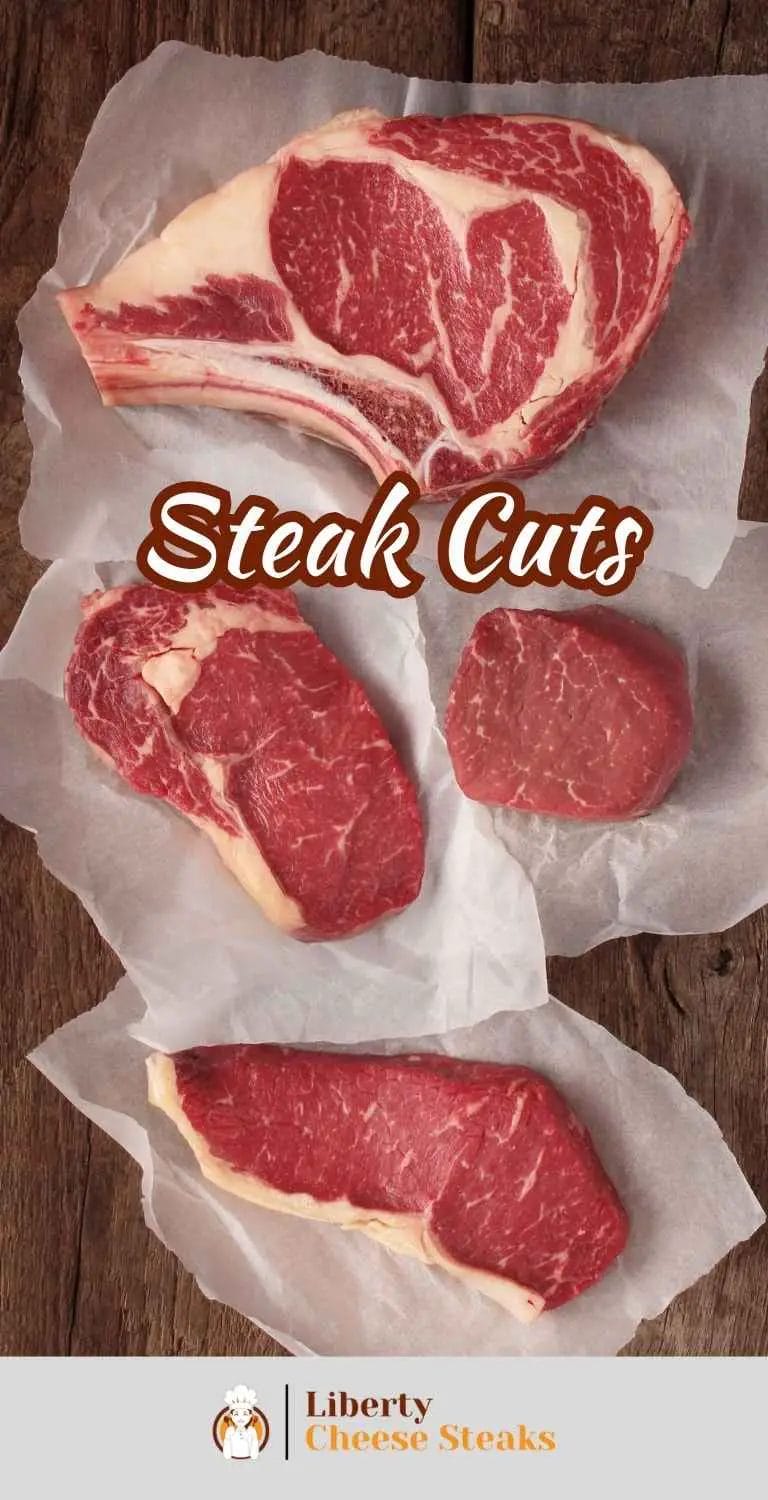
For additional flavor, consider marinating the steak in a mixture of herbs, spices, and acids like citrus juice or vinegar.
Marinating can help tenderize tougher cuts and infuse them with flavors. Follow recommended marinating times to avoid over-marinating, which can affect the texture of the meat.
Proper Cooking Techniques
Different steak cuts require different cooking techniques to achieve optimal results. Tender cuts like Filet Mignon are best suited for dry-heat methods such as grilling or broiling.
Flavorful cuts like T-Bone or Porterhouse can also be grilled, while Flat Iron can be pan-seared. Budget-friendly cuts like Flank Steak and Skirt Steak benefit from high-heat cooking methods.
Adjust your cooking time and temperature based on the thickness and desired doneness of the steak.
Resting and Slicing
After cooking, allow the steak to rest for a few minutes before slicing. This allows the juices to redistribute throughout the meat, resulting in a more flavorful and tender steak. To maximize tenderness, slice the steak against the grain. This cuts through the muscle fibers and ensures each bite is as tender as possible.
Conclusion
Congratulations! You have now completed our comprehensive guide to steak cuts for beginners. Armed with this knowledge, you can confidently navigate the world of steaks and make informed choices when selecting and preparing your cuts.
Understanding the different categories of steak cuts—tender, flavorful, and budget-friendly—will help you tailor your steak experience to your preferences and budget.
Remember to consider factors like tenderness, flavor, and marbling when choosing a steak cut. Tender cuts like Filet Mignon, Ribeye, and New York Strip offer melt-in-your-mouth tenderness, while flavorful cuts like T-Bone, Porterhouse, and Flat Iron provide a balance of tenderness and robust flavor. For budget-friendly options, explore cuts like Flank Steak, Skirt Steak, and Chuck Eye, which can be transformed into delicious meals with the right cooking techniques.
To ensure a memorable steak experience, pay attention to the thickness and marbling of the steak, and consider marinating to enhance flavors and tenderness.
Select appropriate cooking methods based on the specific cut, and allow the steak to rest before slicing to preserve juiciness. Remember to slice against the grain for maximum tenderness.
As you embark on your steak cooking journey, don’t be afraid to experiment and try new things. Explore different seasonings, sauces, and side dishes to complement your steak. Discovering your personal preferences and perfecting your cooking techniques will make each steak meal a delightful experience.
Should you have any lingering questions or concerns, refer to our frequently asked questions section for quick answers. And always remember to enjoy the process. Cooking and savoring a perfectly cooked steak is a culinary adventure that should be relished and shared with loved ones.
Now, armed with this comprehensive guide, it’s time to put your newfound knowledge into action. Choose a steak cut that entices your taste buds, gather your ingredients, and embark on a flavorful journey.
Get ready to impress your family and friends with your steak expertise and create memorable dining experiences that will have everyone coming back for seconds.
Happy steak cooking and bon appétit!
Frequently Asked Questions
What is the best steak cut for beginners?
For beginners, Filet Mignon or Ribeye are excellent choices due to their tenderness and mild flavor.
How can I make a budget-friendly steak tender?
Marinating tougher cuts like Flank Steak or Chuck Eye can help tenderize them. Also, ensure proper cooking techniques and avoid overcooking.
What is the most flavorful steak cut?
T-Bone and Porterhouse steaks are known for their flavor, offering both the tenderloin and strip steak portions.
How do I know when my steak is cooked to the desired level of doneness?
Use a meat thermometer to check the internal temperature. Different levels of doneness have specific temperature ranges.
Can I cook steak in the oven instead of grilling?
Absolutely! Oven cooking, such as broiling or roasting, is an excellent alternative to grilling, especially during colder months.
What is the difference between a bone-in steak and a boneless steak?
A bone-in steak, as the name suggests, includes the bone, which adds flavor and may affect cooking times. Boneless steaks are easier to eat and provide consistent cooking throughout.
What is the best way to cook a steak if I don’t have a grill or oven?
If you don’t have access to a grill or oven, you can still enjoy a delicious steak by using a stovetop. Searing the steak in a hot skillet and then finishing it in the oven or on the stovetop can yield great results.
Are all steak cuts suitable for marinating?
While marinating can enhance the flavor and tenderness of many steak cuts, it’s not necessary for all cuts. Tender cuts like Filet Mignon may not require marinating, while tougher cuts like Flank Steak can benefit from it.
Can I freeze steak cuts?
Yes, you can freeze steak cuts. To maintain quality, wrap the steak tightly in plastic wrap or aluminum foil, place it in a freezer-safe bag, and remove as much air as possible. Thaw frozen steaks in the refrigerator before cooking.
Are there any health considerations when choosing a steak cut?
Some steak cuts, like Filet Mignon, tend to be leaner, while others, like Ribeye, have more marbling and fat. If you’re watching your fat intake, opt for leaner cuts, but remember that moderate consumption of healthy fats can be part of a balanced diet.
Can I cook steak cuts from frozen without thawing them first?
While it’s generally recommended to thaw steaks before cooking for more even cooking, you can cook frozen steaks directly. Adjust cooking times accordingly and note that the sear may take longer.

